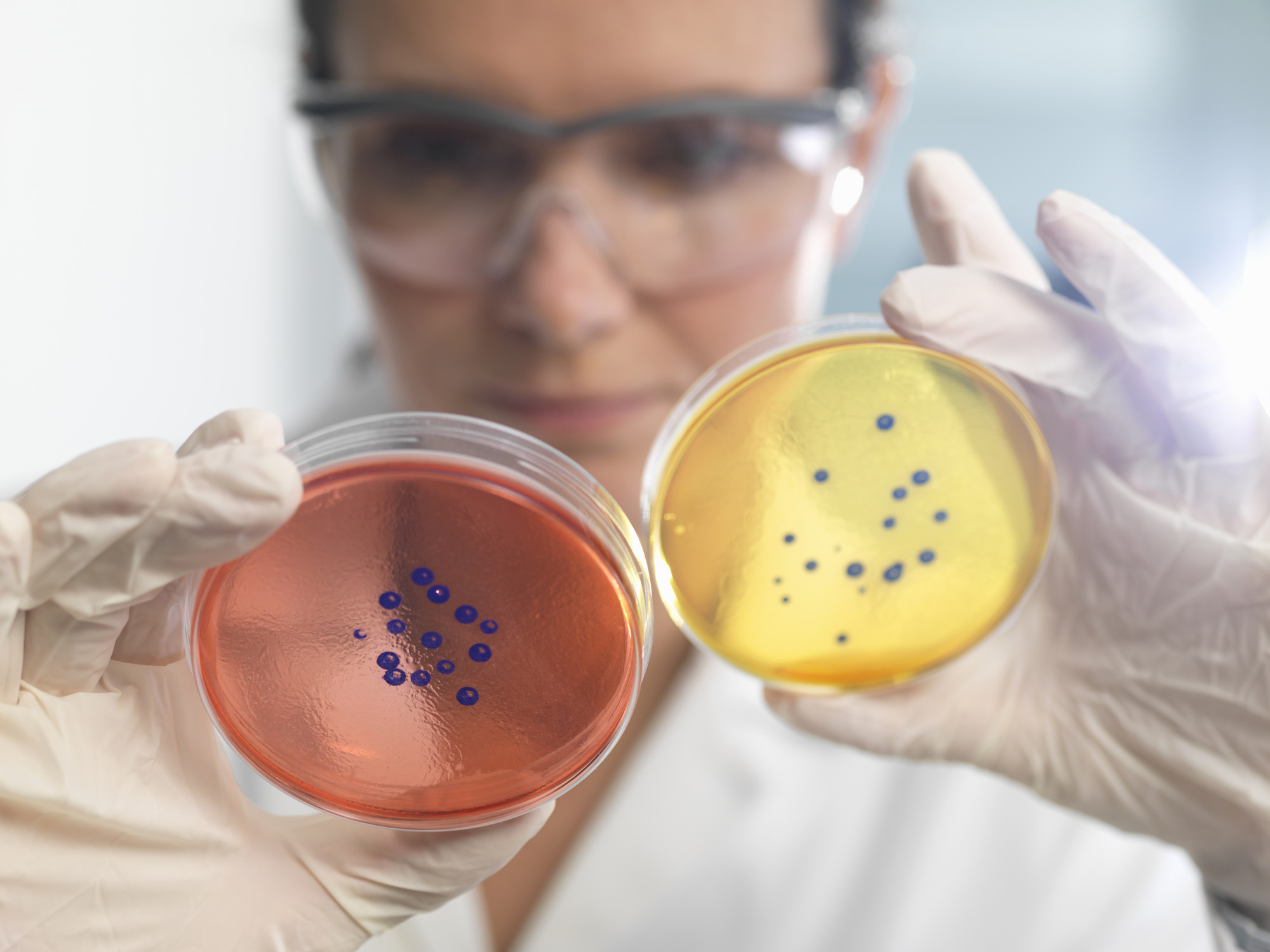The definition of insanity is doing the same thing repeatedly and expecting a different result. At least, that’s what Einstein used to say. However, a group of scientists doesn’t seem to have gotten the memo, as they’ve completed an experiment 600 times to try to unfurl evolution’s secrets.
The experiment has been ongoing for over a decade, with scientists in a lab in Atlanta watching thousands of yeast cells fight each day. The cells that grow the fastest live the longest, producing the biggest clumps, eventually branching out into snowflake shapes, according to a report in the New York Times.
The belief is that snowflakes similar to these were at the heart of evolution that happened millions of years ago when the first single-celled creatures began to band together and become multicellular. It’s an intriguing experiment that could hopefully shed some light on evolution’s secrets, which have evaded scientists for so long.

The new paper was published in the journal Nature, and tries to understand how single cell organisms evolved into multicellular organisms that share the same fate. The researchers say their data has revealed at least one clue about how cells start building themselves into a multicellular body.
The experiment has shown that over the course of around 3,000 generations, the clumps of yeast have begun to grow so large that you can even see them with the naked eye. That’s a huge amount of growth, and it honestly could provide more insight into those mysterious secrets that evolution has kept hidden from us, including whether or not humans are still evolving.
Every day the researchers swirl around a test tube full of yeast cells. The ones that sink to the bottom quickest are then sucked up and used in the test tube the next day. This allowed them to grow and connect more each day, which let them expand into the snowflake-like structures the researchers observed.
It’s also possible that the outermost yeast objects could provide nutrients to the innermost structures. That’s something that the researchers plan to test in the future, which could further unlock the clues that help us decode evolution’s secrets.








